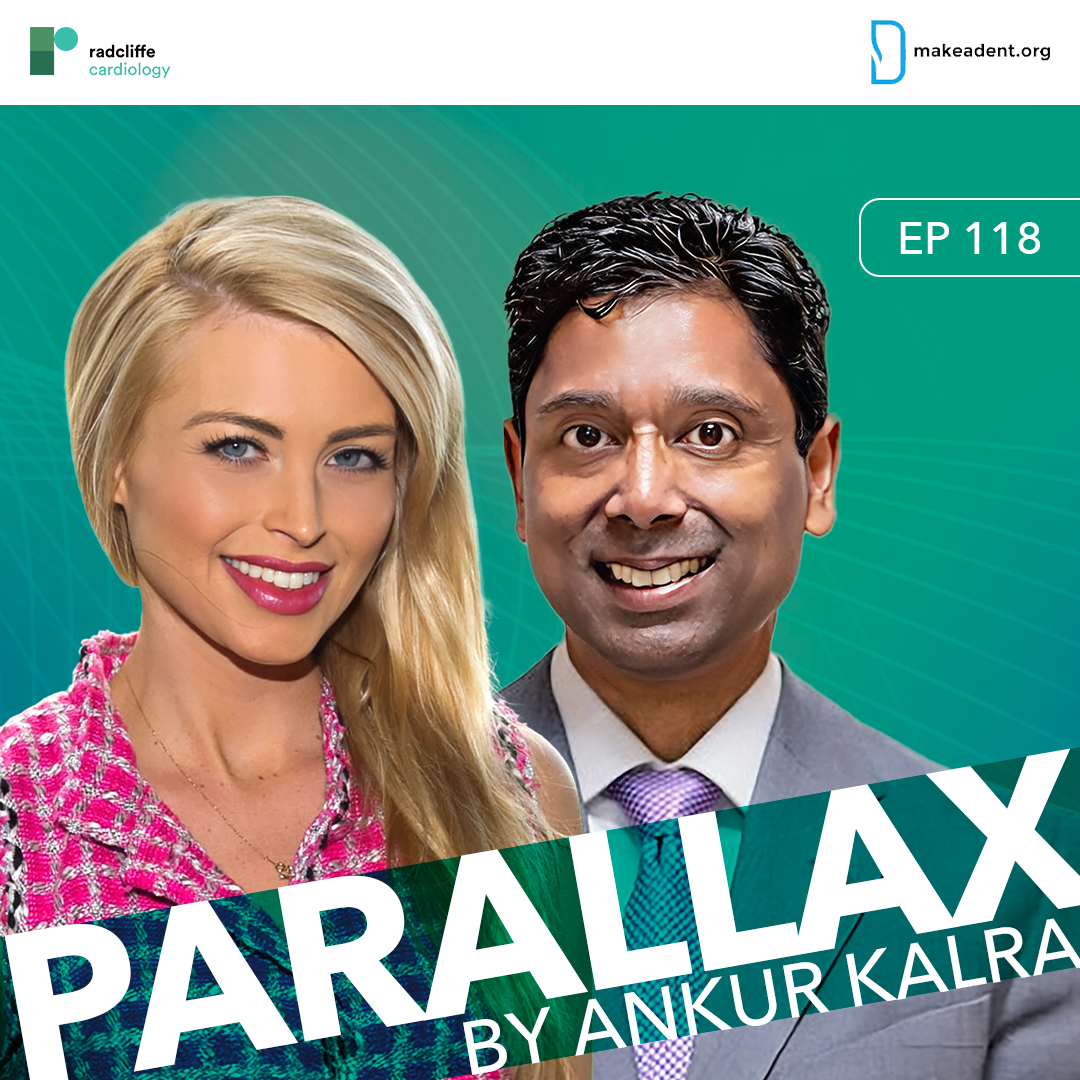
In this week's episode, Dr Ankur Kalra welcomes authors Dr Srihari Naidu and Lindsay Davis to discuss their newly published children's book, Lindsay's Big Heart. A leading interventional cardiologist, Dr Naidu, and patient advocate, Ms Davis, have collaborated to bring the complex heart condition hypertrophic cardiomyopathy (HCM) to life for young readers.
Lindsay Davis shares her personal journey with HCM, offering a firsthand perspective on the challenges and triumphs of living with the condition. Dr Srihari Naidu discusses the importance of translating complex medical information into a format that children can understand and appreciate. As a parent himself, he was inspired to create a resource that would help families navigate the complexities of HCM.
The authors share the challenges and rewards of bringing Lindsay's Big Heart to publication, from securing a publisher to finalising the illustrations. They believe that the book can help children feel more informed and empowered, reducing fear and anxiety associated with HCM. Additionally, they hope the book will raise awareness of the condition and encourage early diagnosis and treatment.
Join us as we delve into the inspiration behind the book, the writing process, and the importance of accurate and engaging medical education for children.
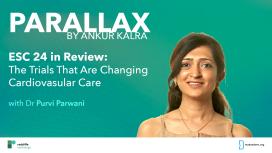



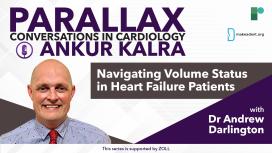
Together, Dr Kalra and Dr Darlington delve into the significance of assessing volume status in patients with heart failure, highlighting its continued relevance in 2024, including the availability of new diagnostic tools, including the Heart Failure Management System (HFMS).
This series is supported by ZOLL and is intended for Health Care Professionals.
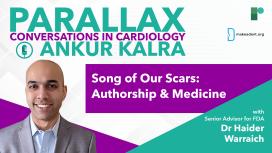
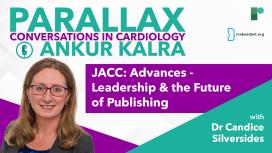

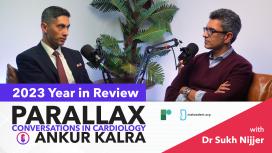

This series is supported by ZOLL and is intended for Health Care Professionals.
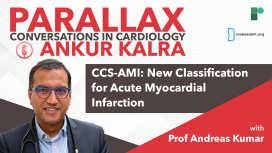

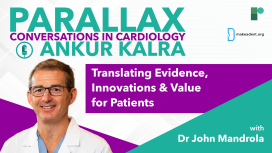

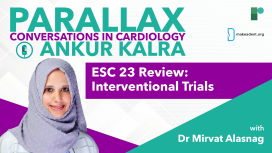
Tune in to discover the strategies that Dr. Kalra and Dr. Alasnag are currently employing and gain insights into how these data will shape their future decision-making in the catheterization laboratory. Don't miss this informative discussion at the forefront of interventional cardiology.
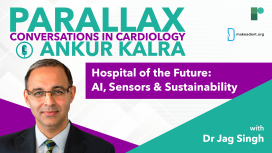
As we adapt to the changes brought about by the pandemic, Dr Singh outlines the necessary steps to foster a reality in which we can utilize these technologies to create more time for human connection.






